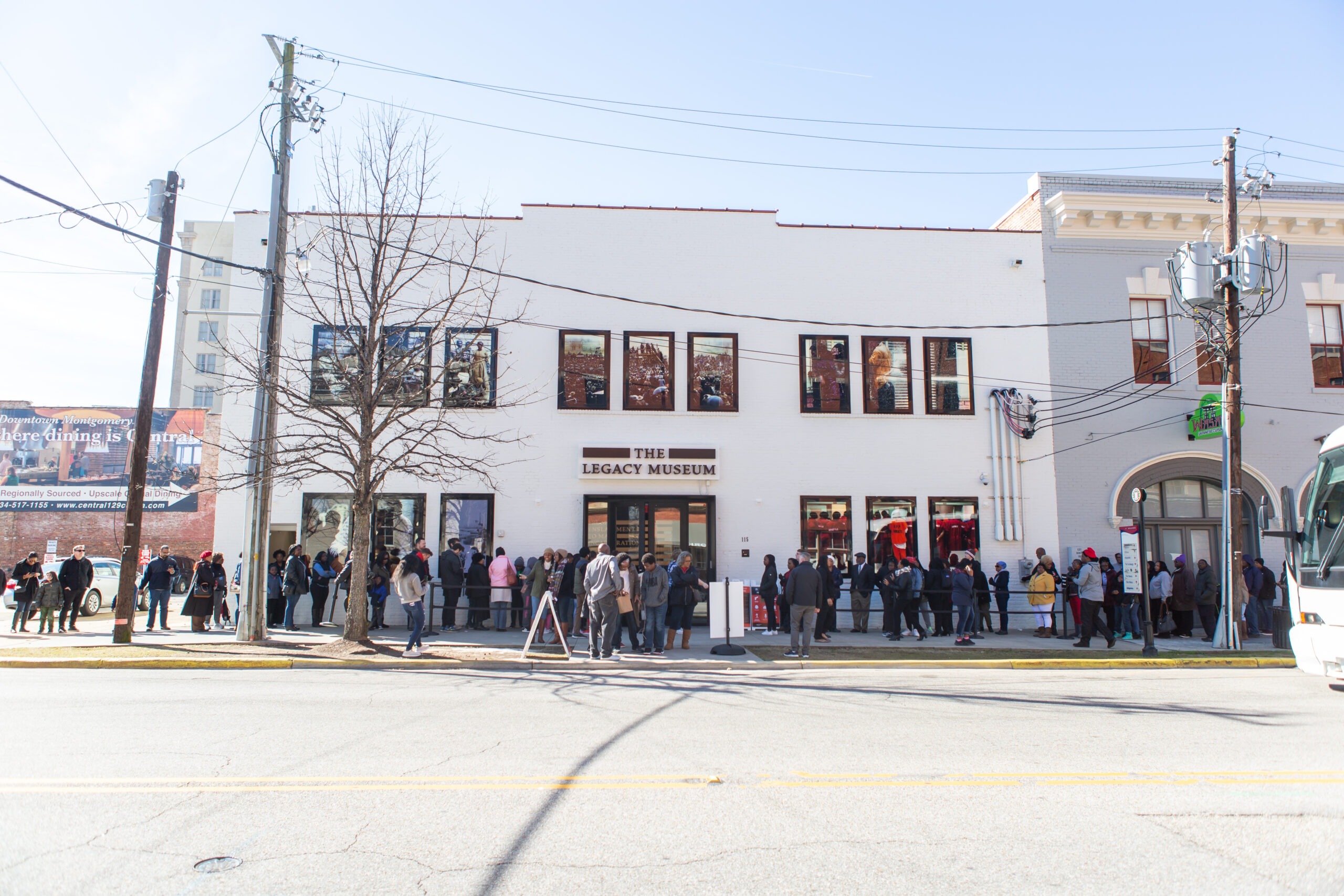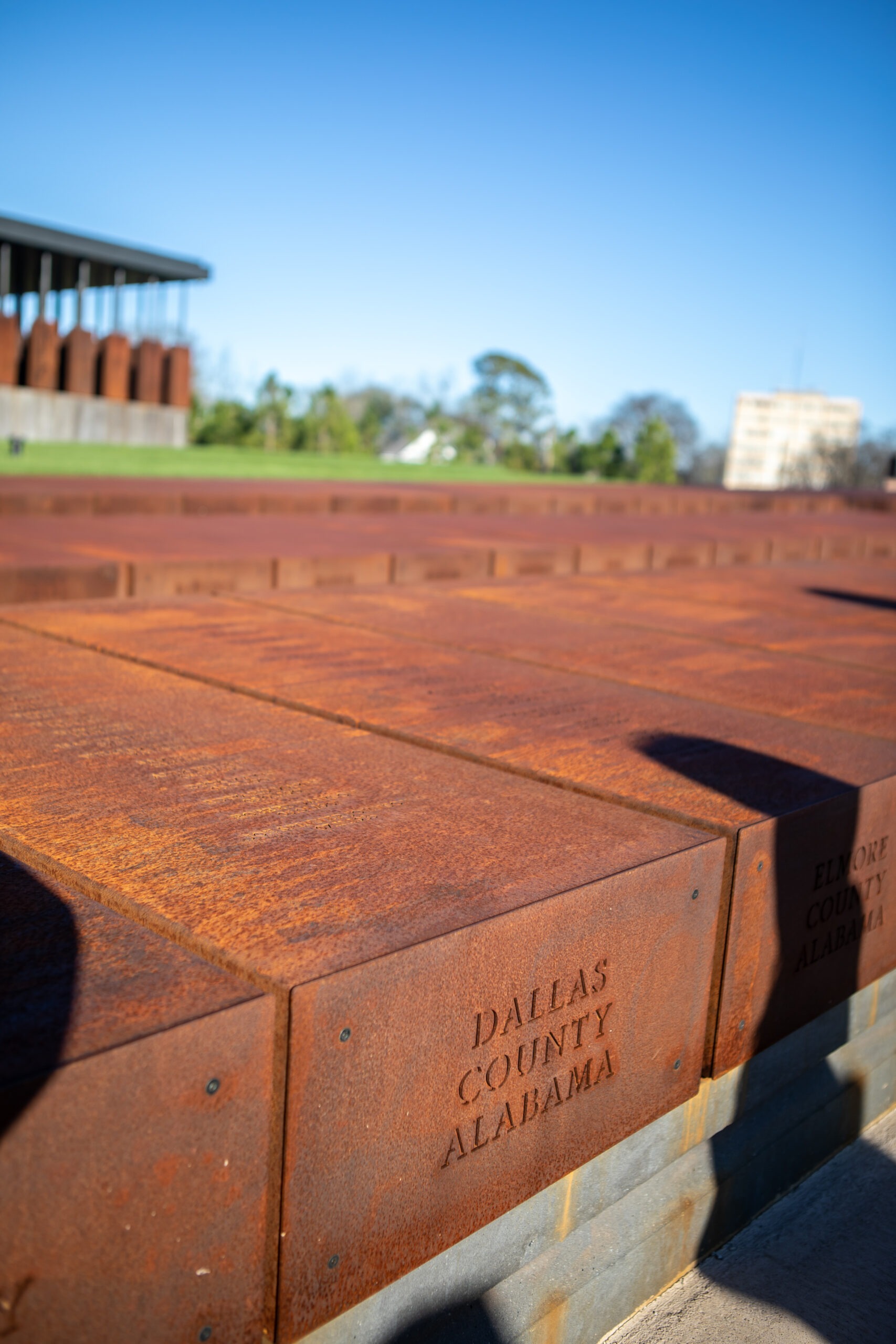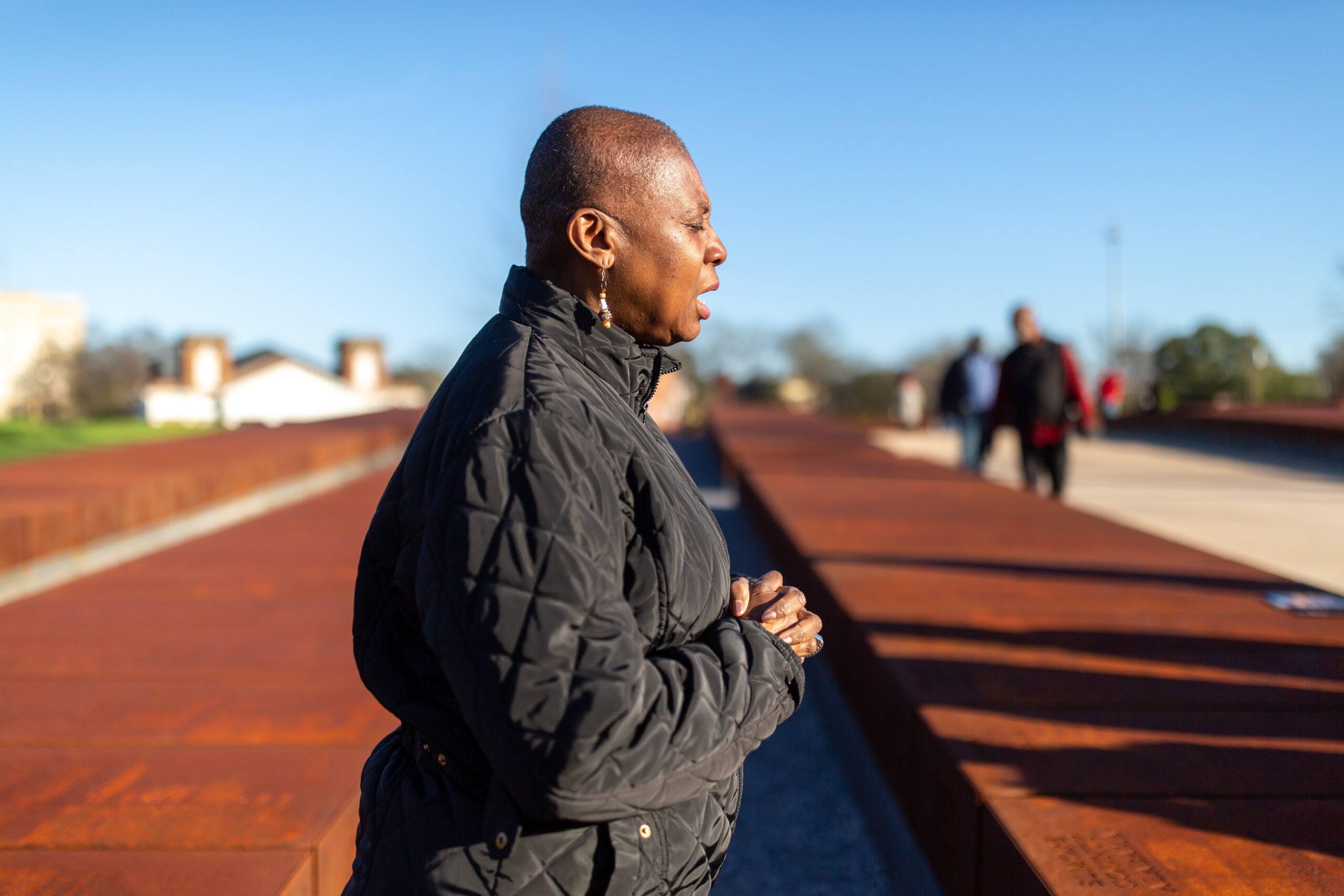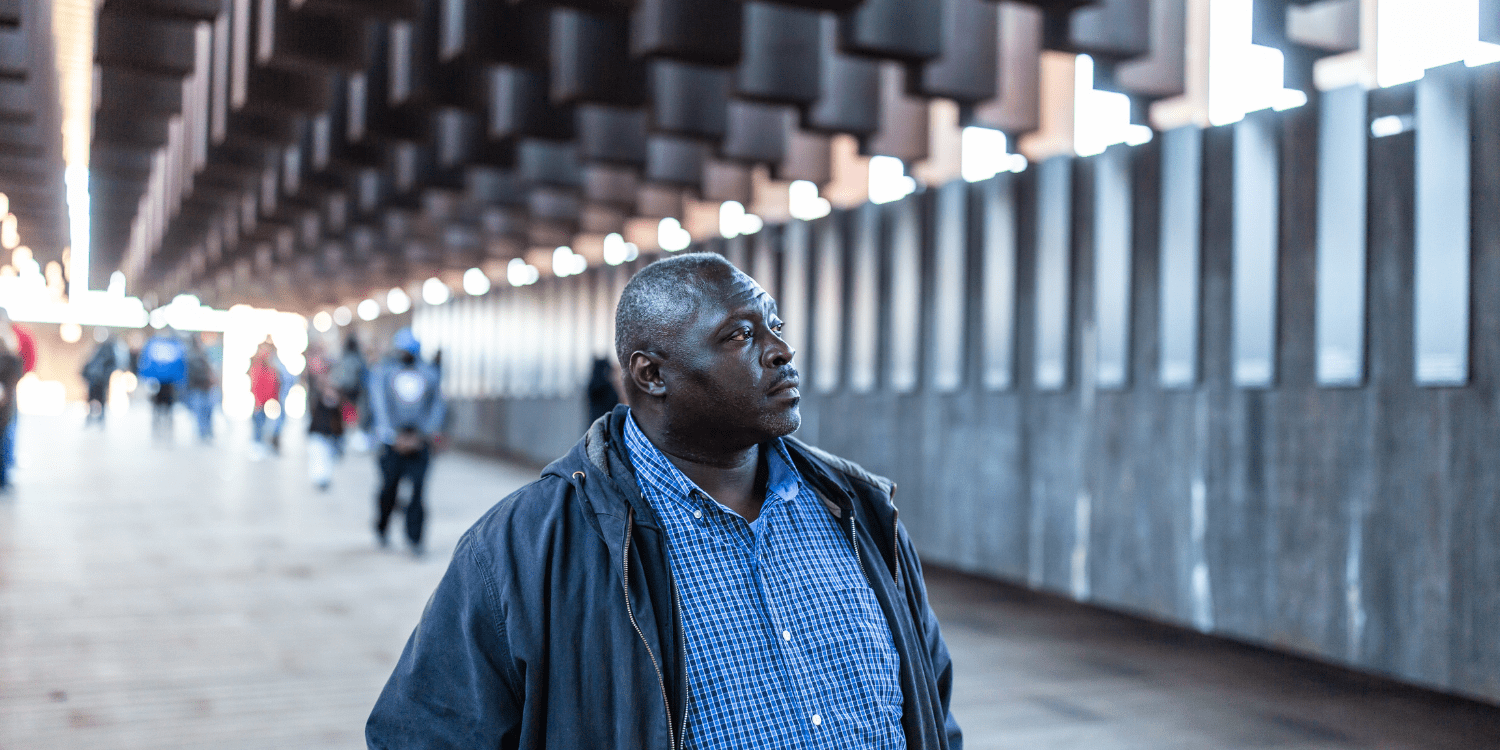“What’s too painful to remember we simply choose to forget. That’s why remembering is such an important component. As we remember and reflect we’re able to restore.”
Reverend Lawrence Wofford, Black Belt Community Foundation
Fifty miles separate Selma from Montgomery. But a common, painful history draws these two communities together.
On the 2019 National Day of Racial Healing, children, teens and elders boarded a bus in Selma and journeyed together into this shared past. Their destination: the Equal Justice Initiative (EJI) Museum and Memorial for Peace and Justice in Montgomery.
For tour organizer, Reverend Lawrence Wofford, the journey was about connection.
“We were connecting to the legacy of where we have come from. Given the subjected conditions in which we existed and are living today, there was a desire to make that connection.”

When Pain Lurks in the Shadows
Ainka Jackson works on the healing edge every day at The Selma Center for Nonviolence, Truth and Reconciliation. For her, the bus tour was one leg of a journey toward racial healing, an essential process for creating structural change.
“Selma is carrying generational and historic trauma we’re not conscious of. We try to rush to transformation. That amounts to some good stuff happening, but isn’t transformative because we haven’t done the pre-work.”
On this treacherous journey, even the first step is hard.
“Who wants to choose to be in pain?” Jackson asks. “But, we’re already in pain. This is a waking up of what’s already there. It hurts, but it’s necessary. This truth-telling piece grounds us in reality, so we can heal.”
An Avalanche of Emotion
Jackson intentionally stationed herself near an EJI display she knew would be particularly painful. It features a large newspaper ad from the White Citizens Council asking readers “What have you personally done to maintain segregation in Selma?”
“Our younger participants especially were in a state of shock and awe, seeing how coordinated the efforts were to isolate and subjugate Black residents in Selma.”
“One woman had an avalanche of emotion converging on her,” says co-organizer Daron Harris, when the group crossed the street to the National Memorial for Peace and Justice. Row upon row of steel markers list each lynching victim in America’s history. At the marker for Dallas County, where Selma is located, the group paused and spoke aloud the names of nineteen Selma men whose lives were cut short by the brutal practice.


Caring for Fellow Travelers
Daron Harris of the Black Belt Community Foundation says they’re learning the stages of healing as they go.
“Not only remembering the past, but looking at it, studying it, remembering it. That’s truth telling, step one. From that begins catharsis, which is emotional. Catharsis is a necessary purging that goes into healing next. We got those first two aspects very well engaged.”
Jackson adds another step is needed: re-centering. During the ride back to Selma, participants engaged breathing exercises to re-align internally.
Healing Every Day
Healing can be a normal course of action while working to transform systems and conditions, says Jackson:
“I think that it’s important to continuously understand the power in sharing our story and hearing the stories of others. It’s the act of being with someone in the truth, even if it’s not tied in a pretty bow. Our differences are beautiful, but there’s so much we have in common and both can be celebrated."
Reverend Lawrence Wofford serves as Program Officer for Black Belt Community Foundation and co-Program Director of Truth, Racial Healing and Transformation (TRHT) Selma along with Daron Harris, Public Relations Officer for Black Belt Community Foundation. Ainka Jackson is Executive Director of The Selma Center for Nonviolence, Truth and Reconciliation, a programmatic partner for TRHT Selma.



Comments